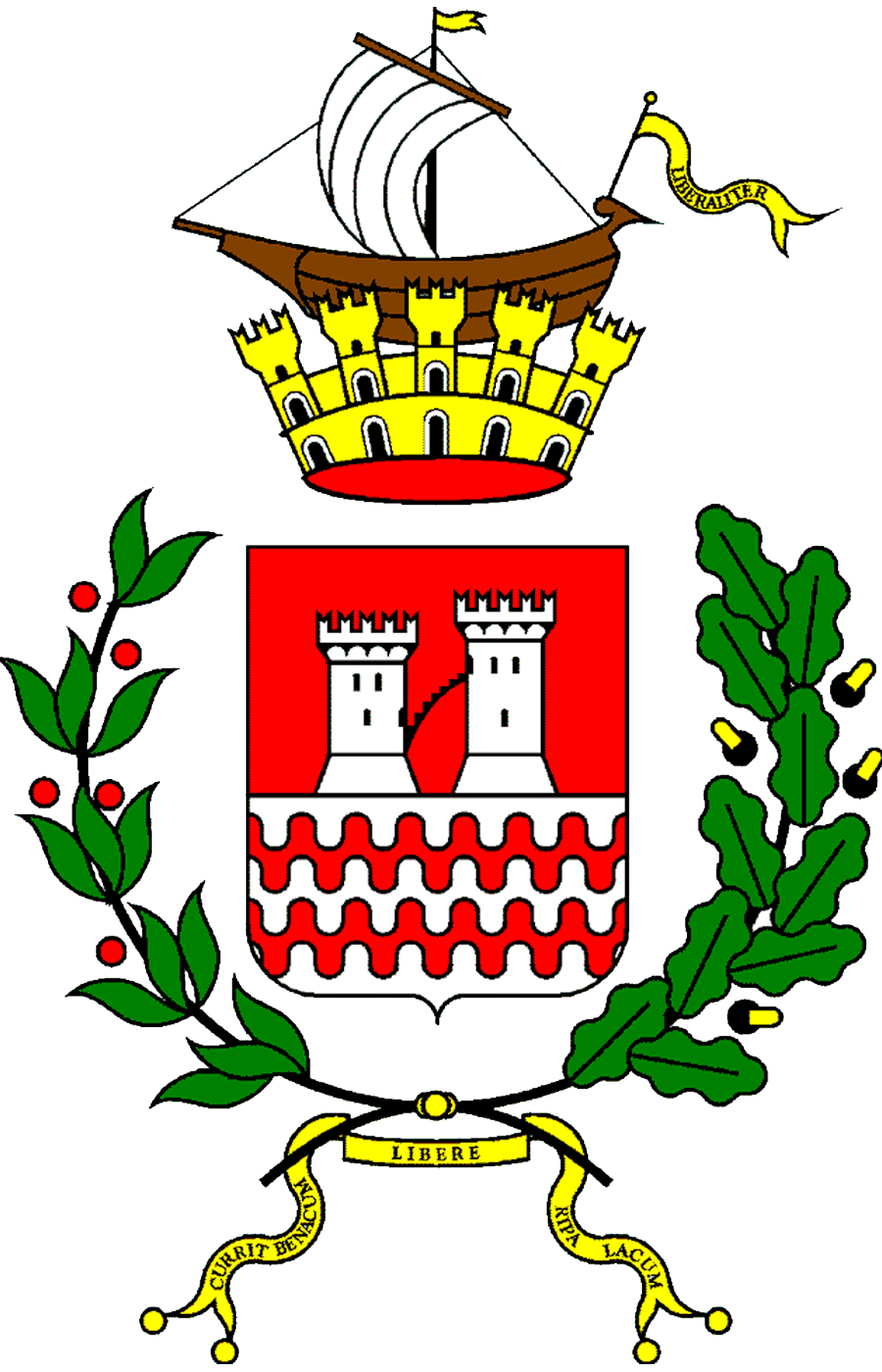Wine Tasting
페이지 정보

본문

Wine Tasting
Do you eat during a wine tasting?
During a wine tasting, the query of whether to eat can range depending on the sort of tasting and private preferences. Here are some issues:

Reasons to Consider Eating
- Palate Cleansing: Having food might help cleanse your palate between tastings, allowing you to raised recognize the distinct flavors in each wine.
- Balancing Alcohol: Consuming food can help take up the alcohol, making the experience extra enjoyable and fewer overwhelming.
- Enhancing Flavors: Certain meals can complement and improve the flavors of the wines being tasted, leading to a more engaging expertise.
Types of Foods to Pair
- Cheese: A classic pairing that can convey out the nuances in purple and white wines.
- Charcuterie: Meats can add depth and complexity to your tasting experience.
- Fresh Fruits: Fruits like grapes, apples, or berries can function a refreshing palate cleanser.
In summary, 울산 while it's not mandatory to eat during a wine tasting, it may possibly enhance the overall experience. Whether you choose to snack flippantly or take pleasure in a full meal, the secret is to search out what works best for you.
What are the processing steps of wine?
The processing steps of wine contain a quantity of key stages that remodel grapes into the ultimate product. Here is an summary of those steps:
1. Harvesting: Grapes are picked from the winery at their optimal ripeness. This may be done by hand or utilizing mechanical harvesters.
2. Crushing: The harvested grapes are crushed to release their juice. This may be done utilizing conventional strategies or fashionable equipment.
3. Fermentation: The juice is transferred to fermentation vessels, where yeast is added. This yeast converts the sugars in the grape juice into alcohol and carbon dioxide. Fermentation can final from a couple of days to several weeks.
4. Clarification: After fermentation, the wine is clarified to remove any solids and sediment. This could be achieved via pure settling, filtration, or centrifugation.
5. Aging: The clarified wine is aged in various containers, such as stainless-steel tanks or oak barrels. Aging permits the wine to develop extra complicated flavors and aromas over time.
6. Bottling: Once the specified characteristics are achieved, the wine is bottled. This course of often includes additional filtration and the addition of sulfur dioxide to preserve the wine's high quality.
7. Labeling: Finally, bottles are labeled, offering necessary details about the wine, together with the type, origin, and vintage.
Each step within the processing of wine performs a crucial role in shaping the ultimate product, contributing to its unique taste, aroma, and overall character.
What are the steps of wine tasting?
Wine tasting is a sensory expertise that involves several steps to fully recognize the wine's characteristics. Here are the key steps to comply with:
1. Observe
Start by inspecting the wine's appearance. Hold the glass against a white background to watch its colour and readability. Look for particulars similar to:
- Color: Note the hue, depth, and any variations.
- Clarity: Check if it is clear or has sediments.
2. Swirl
Gently swirl the wine in your glass. This action releases the wine's aromas. Swirling increases the surface area and helps to oxygenate the wine.
3. Smell
Bring the glass to your nose and take a deep inhale. Identify the assorted aromas that you can detect. You could find:
- Fruity scents: Such as berries, citrus, or stone fruits.
- Floral notes: Like rose or jasmine.
- Earthy undertones: Such as minerality or spices.
4. Taste
Take a small sip and let it roll over your palate. Consider the next attributes:
- Sweetness: Is the wine dry, off-dry, or sweet?
- Acidity: Does it have a refreshing tartness?
- Tannins: Are they gentle or astringent?
- Body: Is the wine light, medium, or full-bodied?
5. Finish
Observe the aftertaste after swallowing the wine. Consider how lengthy the flavors linger and whether they are nice. A lengthy, expressive end is usually an indication of a high-quality wine.
6. Reflect
Finally, take a second to replicate on your total experience. Consider how the wine's look, aroma, style, and finish combine to create your impression. You might need to jot down your thoughts or scores for future reference.
Following these steps will enhance your wine tasting experience and deepen your appreciation for different wines.
- 이전글Купить минитрактор Dongfeng 24.12.25
- 다음글Demo Slot Cash Patrol Bisa Beli Free Spin 24.12.25
댓글목록
등록된 댓글이 없습니다.
